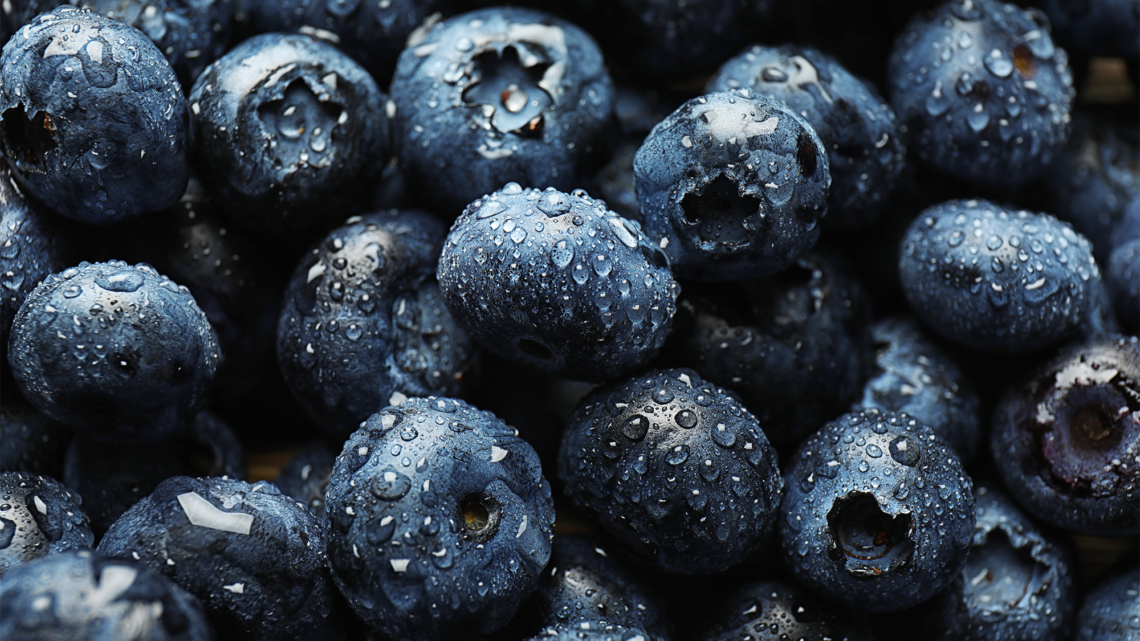If you open up a ripe blueberry, the blue skin on its outside does not match the dark, reddish purple color inside of the fruit. However, their skin does not actually contain blue pigments, which would normally be creating this color. Instead, the random arrangement of microscopic structures on their natural wax coating gives these berries a blue appearance. The findings are described in a study published February 7 in the journal Science Advances and can be applied to other fruits including slides, damsons, and juniper berries.
[Related: Meet the first electric blue tarantula known to science.]
The color blue is one very rare in nature, with fewer than one in 10 plants sporting the common human favorite. It’s partially because there is not a true blue pigment in the natural world. To appear this color, the molecules in both plants and animals have to perform tricks to make them appear blue to the human eye. In some flowers like bluebells, this primarily occurs when naturally occurring pigments or colorants are mixed the way you can mix different paints to change the color. Red pigments called anthocyanins are the most common in nature and changes to the acidity in the pigment changes the color. Combined with reflected light, dayflower, hydrangeas, and cornflowers can all have colorful azure flowers. It’s not entirely clear why plants may go to this trouble to be so blue, but a unique color may help them attract pollinators like bees.
For blueberries, the blue hue comes on the naturally produced thin layer of wax on their skin. The wax serves multiple functions in the plant kingdom, including as a self-cleaning coating or for added protection, but scientists still don’t understand a lot of what the wax does and why.
“We realized that there are loads of blue pigments in nature, as well as ‘tricks,’ or ways that nature makes blues without pigments,” study co-author and University of Bristol physicist Rox Middleton tells…
Read the full article here







